“Limping Towards Babylon” Look Book done – Seeking Qualified Investors now
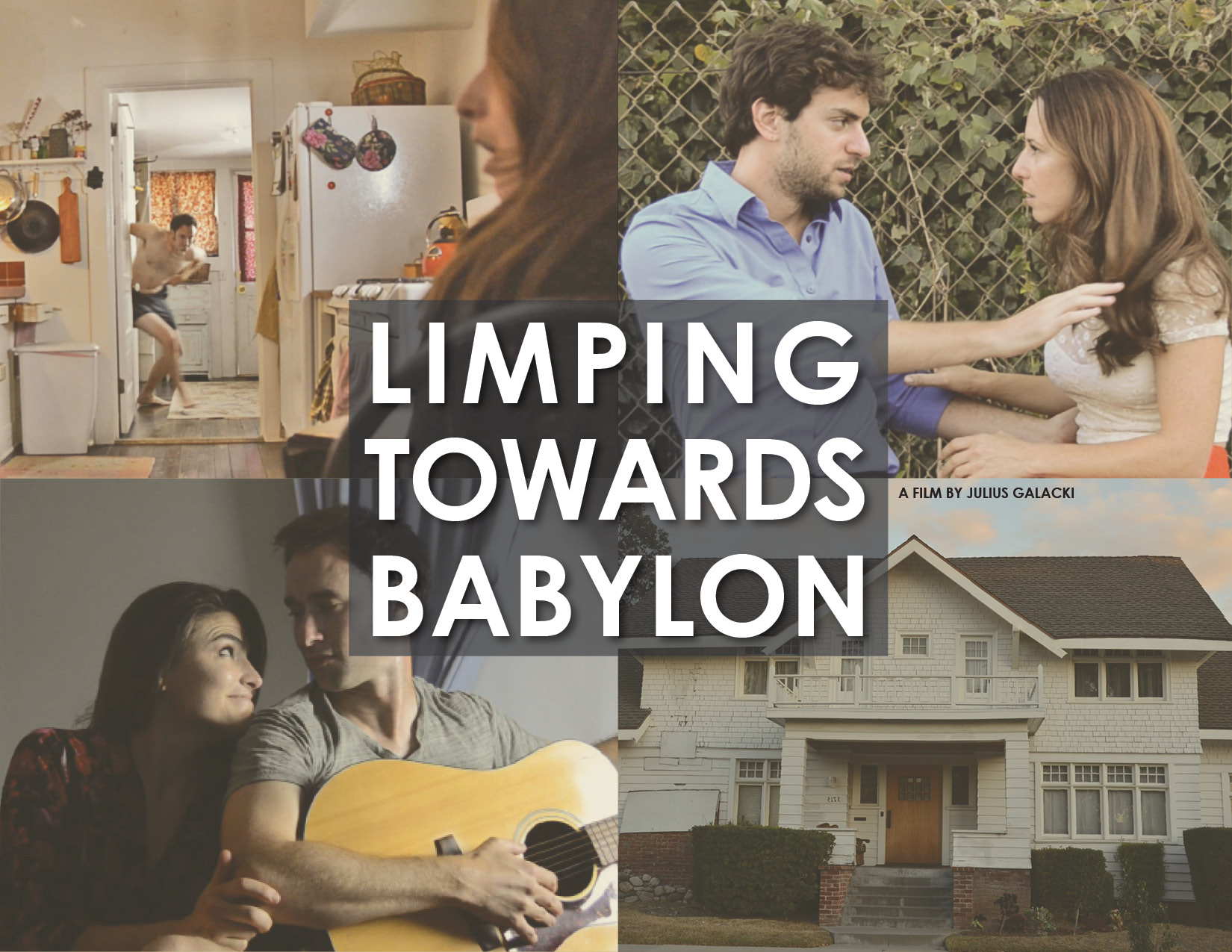
Limping Towards Babylon video for it’s successful Kickstarter (pre-production funding)

Limping Towards Babylon video for it’s successful Kickstarter (pre-production funding)
Therefore, please, please spread the word to your friends directly and on social media.
So, today’s creative update is about the music in the video and what I envision for the film as a whole. So, exactly how did I meet a Grammy Award winning composer?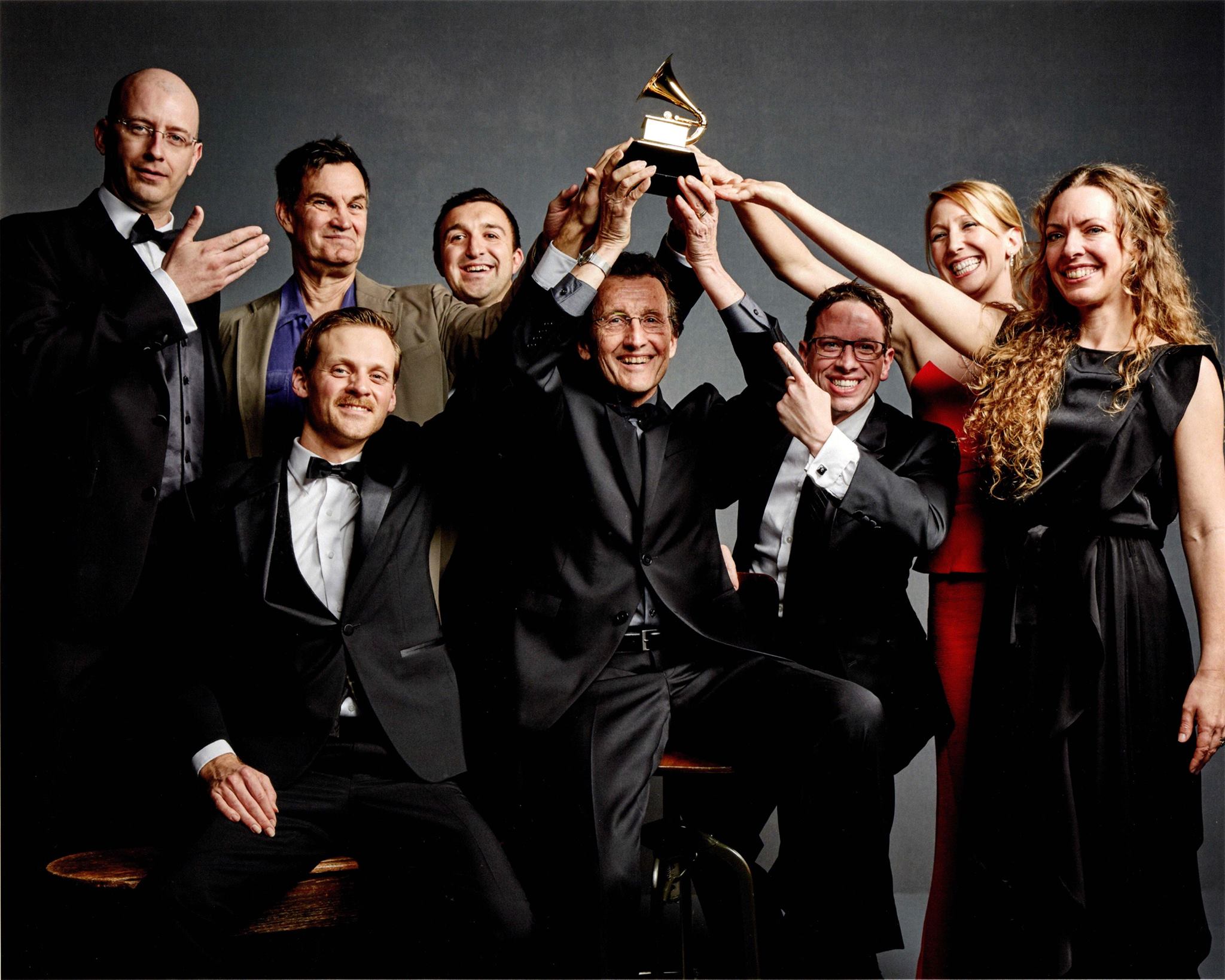
Los Angeles has a reputation for being a shallow, glitzy, materialistic, non-intellectual place. And there are certainly are many examples where the truth of that is as good as gold. But equally true is that LA is a complex city, with veins and pockets of other under-appreciated precious metals and gems.
So on May 5, 2015, at the rather unlikely location of Western and 2nd Street, I went to see a concert of “micro-tuned” guitars at Monk’s Place – from the outside, it looks like a small warehouse amongst, fairly downscale retail shops, and inside, likewise, industrial with exposed brick walls and uncomfortable, plastic white chairs for seating.
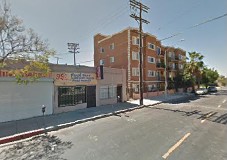
Monk’s Space exterior
It reminded me of the funky little venues I would go to in the East Village and Brooklyn when I lived in NYC.
Exactly, what is “micro-tuning”? As I understand it, it’s an alternate tuning system of in-between notes rather than the standard system used in Western music, and thus sometimes the notes sound unusual and interesting and sometimes, to my ears at least, flat and unpleasantly “out-of-tune”. So, most of the concert was interesting, but too alienating, and for over an hour, just an intellectual curiosity to me.
And then at the very end, Alex Wand came out with a large ensemble of musicians to perform his song cycle “The Great Hunt” using Carl Sandburg poems as lyrics.
Immediately it was a different experience. I was hearing something both tuneful AND unconventionally micro-tuned, with rhythms that sometimes were smooth and sometimes deliberately jerky and syncopated.
I literally felt the excitement coursing through my body and brain. It was new classical music with inflections of folk, blues and rock lurking in the background that suddenly thrusting forward. I was having the rare experience of a true musical discovery, where I wasn’t just hearing a new song, but a new sound… familiar yet utterly unfamiliar. 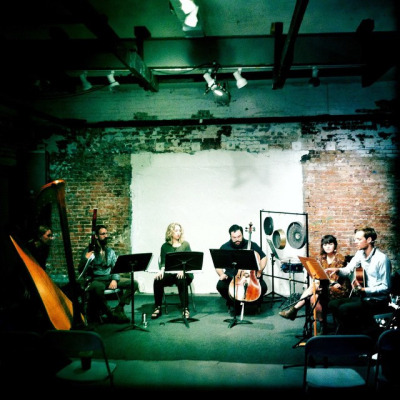
(Here’s the link to Alex’s full piece performed at Monk’s Place https://youtu.be/cRzDB_KciHM)
And also, what I was hearing was so, so close to what I imagined the music major character, Marcus (played by Matt Mercer) in my script would be composing, In the screenplay, I have him performing Bach for Amandine, but also later composing a new classical concerto for marimba, violin and guitar, as a way of expressing his feelings for her.
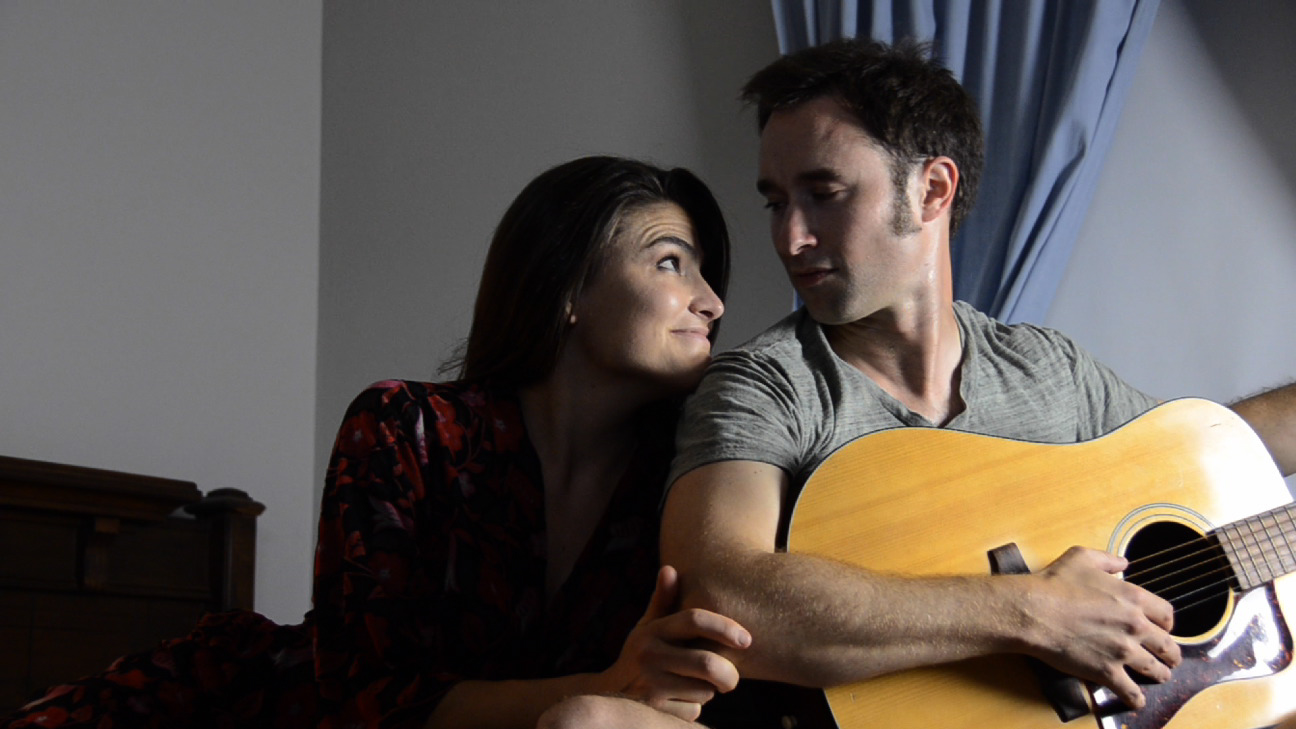
Matt Mercer as Marcus and Karen Sours as Amandine
So after the Monk’s Space concert, I bee-lined over to Alex. My enthusiasm and praise must have made enough of a positive impact that when I invited him about a month and half later to sit in on the first full reading of the LIMPING TOWARDS BABYLON script, he not only came by on a Sunday summer afternoon but also was impressed enough by the actors and the script to get on board with the project.
Limping Towards Babylon "Birth of Tragedy" excerpt https://t.co/NmfG2nzPcY via @YouTube with Josh Breslow and TW Leshner
— Julius Galacki (@JuliusGalacki) November 10, 2015
If you like this, watch the rest of the teaser video at www.limpingtowardsbabylon.com
Yes, the composer of https://t.co/avc7kt8RtZ teaser video really did win a Grammy – Alex Wand seated lower left pic.twitter.com/Dzy96oJNsV
— Julius Galacki (@JuliusGalacki) November 12, 2015
Limping Towards Babylon "Birth of Tragedy" excerpt https://t.co/NmfG2nzPcY via @YouTube with Josh Breslow and TW Leshner
— Julius Galacki (@JuliusGalacki) November 10, 2015
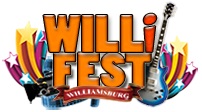 , then I’m the grandparent.
, then I’m the grandparent.
Listen to it here: http://www.allthingschickenthemovie.com/trailer-and-score/
On a day that I just had a common, but very uncomfortable medical procedure, yet one that diagnoses that disease which probably killed my uncle, my beloved grandmother and definitely struck (but did not decimate) my mother and grandfather, I am reading “Just Kids” by Patti Smith.
I’m starting again from the beginning, because so much life had intervened with my initial attempt at reading it, I knew I had to start fresh to find the flow of the narrative. My first impression then, that it is a book of poetry in the guise of prose, still holds.
And just as I’m aware when I listen to Patti’s music, I recognize that there is a self-consciousness, an awkwardness of an over-imagined phrase next to an original, achingly crystalline phrase in this book. (Though fortunately, the powerful lines far outweigh the none ones.)
But I’ve always ignored the self-consciousness in her songs, or more perhaps, forgave what potentially could put me back into my critical mind instead of experiential one BECAUSE of her envelopment into the totality of the song. An envelopment that enveloped me.
She tranced for me. She excessed for me. She fought god for me. (“Jesus died for somebody’s sins but not mine…”) She was strong – strong in voice and strong in not being afraid to make a mess of a song, but still so full of her sex to me (“See a young girl humping on a parking meter… oh she look so good, oh she look so fine… G-L-O-R-I-A”). These songs went to my heart and loins, together always together. In the 5 times, I’ve seen her perform (4 with the band, and once solo with only her poetry as accompaniment), that prophetic vinyl message (yes, first on vinyl, only latter delivered in bits and bites of digital code) was vastly reinforced.
In “Just Kids”, there is definitely a gauze of nostalgia, but much more it is a meditation on death and re-birth, both a celebration and an elegy of life in New York City and vice versa. And a life in art, and vice versa.
After all, the titular co-character kid is Robert Mapplethorpe – he who created exquisite images of often not overtly exquisite content and who then died young of AIDS. And Patti would lose her husband, her brother and one of her bandmates. All died young too.
I’m reading this book right now again because of Mz. Amuse – who bought this book for me as a Valentine’s gift. She said, “You’re recovering tonight – don’t run around. Drink liquids, rest. Read a book. Read the Patti Smith book.” She should know the right idea of recovery. She had breast cancer recently, at a younger than expected age.
Overtly, that explosion of wayward cells are all gone now, but the shadow remains. Statistics doing their statistically obfuscating thing go into overdrive in such circumstances where death is the prize. (Yes, I was the researcher – try to figure out the best course of action where numbers lie and tell the truth simultaneously. In the end, it was her choice anyway.)
Obviously, I’ve stopped reading to write this post. I needed the break to express. Too much loss and recognition. My losses, my recognitions of places the same or similar… but all different too, of course.
I’m sure my father’s death last month is only focusing my long standing profound sense of my mortality. I am only in, not of, the Zeitgeist as of this moment.
I don’t have the perspective, the distance from myself, to say whether or not Patti Smith is a great artist for the ages – I only know she speaks to me. She speaks to me.
I saw the premiere of “Rhino Resurrected” on Saturday Aug.20… as the movie’s producers don’t have a distribution deal, I can only urge you, if you see another screening listed, to GO if you’re a music geek especially, and secondarily if you’re interested in LA cultural history.
The story of a record store and it’s off shoot record label (before Warner Brothers ate it) would seem to be a super obscure subject but think a real life version of “High Fidelity” and obnoxious record store employee Jack Black. The two hours fly by and it’s mostly like being in the company of a funny, smart, sometimes annoying bunch of music fanatics.
From a purely filmmaking standpoint, the movie is well-edited with very few dead spots. It is a mix of archival footage (stills, band performances, a few interviews) with more extensive present day interviews. The organizing device was the “resurrection” of Rhino with a temporary pop-up store last year. Overall this device works well structurally, but there a few too many shots of getting the temporary store ready for the public which slows down the movie. In general all tech. elements are solid. But this is a movie where content is everything, not how good or not good the cinematography is. And the content, as I said, was surprisingly interesting and often amusing.
As I’m originally an East Coaster, my first exposure to Rhino was through its superlative compilations of garage rock and soul.
But backing up, I was, and am, a huge Patti Smith fan. Indirectly because of her I discovered 1960’s garage rock. (It should be noted that because of my brothers’ record collections, I was already a fan of Dylan, the Beatles, the Stones, the Airplane, Hendrix, Cream and all of the other well known 60’s greats etc.) Patti’s long time collaborator and guitarist, Lenny Kaye, had selected and produced the ground breaking Nuggets compilation of forgotten garage rock and psychedelic rock hits, semi-hits and rarities back in 1972 and then re-issued in 1976 on Sire. I would discover it in 1980 or so. Wanting to go deeper, and using those songs on Kaye’s compilation as the jumping off point, I was led, more often than not, to Rhino Records.
Rhino’s compilations would usually have the best sound quality, the best selection for the money and the most interesting liner notes. My visceral history of rock music was profoundly, though not in any sense exclusively, influenced by the tastes and quirks behind Rhino. My favorite Christmas CD to this day is Cool Yule with an incredible bunch of up tempo soul, r&b, rockabilly and rock X-mas originals or vastly altered traditional songs (e.g. a bouncy, danceable, truly joyous “Silent Night”).
So, when I came out to LA in 2000, I was a little surprised to realize that there were two brick and mortar Rhino Records stores: one in the Westwood section near UCLA and another on the LA county border in the college town of Claremont. The former, original store, had already lost the ethos that is so wonderfully chronicled in the documentary but I can still say I bought a few CD’s there.
I actually bought far more in the Claremont store because my first LA girlfriend (and more than that, eventually) lived in that town. I didn’t know then that the original owner Richard Foos had sold that store a long time ago – a fact I learned only at the Q&A after the documentary. Nonetheless that Claremont store still carried some of that vibe of community and quirkiness.
(Another tangential fact about me – over my life, the majority of my disposable income has gone into books and record/cd’s with movies a close third after that. Fancy cars, clothes, etc. have never held much appeal to me for while in a sense I could easily be accused of being a collector, it is only of things that produce an experience that truly matter to me; I am decidedly NOT a materialist.)
But what the documentary really captures that is so universal is the experience of going into your neighborhood record store, pawing through the record jackets… that sense of tactility of holding a record album in one’s hand… seeing the art work… reading the liner notes…chatting a little or maybe even a lot with the record store clerk… it was place where geeks could feel cool and sometimes even a community could exist.
The original Rhino Records seems to have been a particular special, maddening, annoying, enlightening. entertaining version of the above. But having been to many a record store first in my home town and then in the East and West Villages in NYC, I still recognized my own variants. I’m sure music geeks in Cleveland, Chicago, Boston, etc. etc. will too.
So, there was sadness and poignancy of something lost (both an era and a community). After all, we now more than likely sit at our computers listening to sound samples on Amazon, etc. or i-tunes and either download the music immediately or have a CD delivered to our door. In Los Angeles, there remains only one last Nessie – Amoeba Records… a hybrid of the old neighborhood indie record store and the Tower Records / Virgin Records corporate type store. You can still get recommendations there from fairly knowledgeable clerks and discover tons of obscure music. Not quite an intimate experience but still one I have to limit or otherwise I spend far too much money there. But once again, it’s the last of its kind. Fortunately, we still have live music so community is in no danger of completely disappearing.
Furthermore, all of the participants in the Rhino comedy drama have survived and found someway to keep doing something of value, so it’s not a depressing documentary but a poignant celebration.